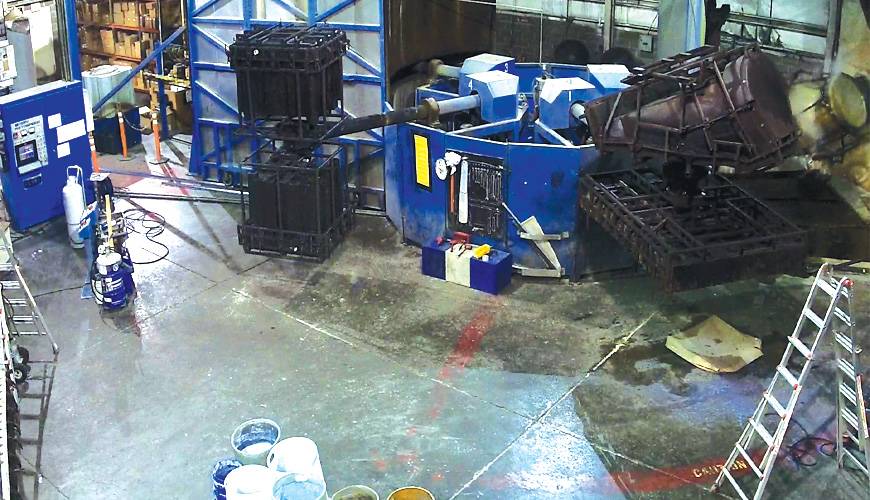Case Studies in Rotational Molding: Real-world Applications and Success Stories
Rotational molding, a manufacturing technique traditionally used for developing hollow plastic-type merchandise, demands a sensitive stability of science and art to accomplish best outcomes. Here’s a much deeper dive to the particulars of perfecting this revolutionary procedure:
Optimizing Fabric Choice:
Deciding on the best materials is vital for successful rotational molding. Variables such as UV amount of resistance, chemical compatibility, and mechanised components has to be regarded based on the product’s planned application. Polyethylene remains the most commonly utilized substance due to its versatility, toughness, and expense-effectiveness.
Perfecting Mold Layout:
Mold style plays a pivotal role in rotational molding. Reaching uniform walls density, appropriate draft perspectives, and intricate capabilities calls for consideration throughout the design and style period. Superior CAD software and simulator tools assist engineers improve mold geometry for maximum efficiency and portion good quality.
Great-Tuning Method Parameters:
Handling process guidelines including warming heat, rotational rate, and air conditioning time is important for creating high-high quality elements. Exact temperature managing guarantees consistent material flow and circulation, when optimal rotational speed helps prevent fabric pooling and irregular walls size.
Implementing Quality Certainty Steps:
High quality guarantee is essential to the rotational molding process. Inspection strategies including ultrasonic evaluating, visual assessment, and tension testing support recognize flaws early in the production pattern, ensuring that only pieces conference stringent quality criteria are transported to customers.
Embracing Creativity:
Ongoing advancement pushes advancements in rotational molding technology. From automation and robotics to sustainable materials and ingredient producing methods, embracing technologies boosts process productivity, decreases lead occasions, and increases the possibilities for product or service changes.
Collaborating Across Disciplines:
Profitable rotational molding requires collaboration across numerous disciplines, such as style, architectural, materials science, and developing. By fostering interdisciplinary teamwork and data sharing, producers can leverage collective skills to get over problems and travel advancement.
Buying Coaching and Education:
Coaching and education are necessary for building skilled experts capable of understanding the skill of rotational molding. Hands and wrists-on instruction applications, tutorials, and market certifications inspire those that have the knowledge and abilities found it necessary to master this specialized area.
Bottom line:
Learning the art of Rotational Molding needs an all natural approach that entails material choice, mildew layout, process optimizing, good quality certainty, advancement, cooperation, and on-going training. By embracing these concepts and continuously polishing their techniques, manufacturers can uncover the full probable of rotational molding and deliver excellent items that fulfill the evolving requires of clients and industries.


